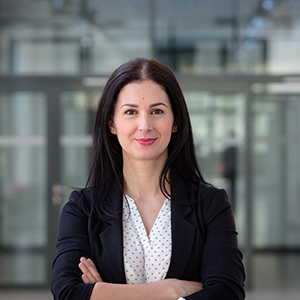The Sustainable Development Goals are the blueprint to achieve a better and more sustainable future for all. They address the global challenges we face: poverty, inequality, climate change, environmental degradation, peace and justice.
Sensoneo facilitates a positive change in the waste industry helping us all achieve Sustainable Development Goals by 2030.
Sensoneo ensures healthy lives and promotes well-being for all at all ages
Waste industry plays a role in air and noise pollution in the cities. Poorly managed waste collection and insufficient waste infrastructure (bins) pose treads on public health.
Trash lying on the streets uncollected poses health and sanitation threads. It attracts rats (and other animals) and causes the spread of infectious diseases. Lack of waste infrastructure leads to dumping trash on illegal sides. Such actions destroy the land and poison water supplies.
Sensoeno introduces a more efficient waste collection
Digital tools allow for a more efficient approach to waste collection. Smart waste management results in fewer cars, less noise, less traffic, and carbon emission reduction up to 60% in cities and most of all – a litter-free city.
Sensoneo offers powerful analytical tools to uncover wasted or unused resources. Route Planning solution calculates fixed or on-demand routes maximizing the use of resources – the fleet and personnel. Waste Monitoring uncovers if we fill up the bins full before collecting them. Eliminating unnecessary pickups decreases the environmental footprint of waste collection.
Sensoneo empowers citizens to be part of the solution
Sensoneo’s Citizen App informs people of the nearest available empty bin, enabling them to be more environmentally responsible. By providing real-time feedback, citizens can help reduce overflowing and messy bins, making their city greener, cleaner and free of litter.
Sensoneo introduces green design
Smart Sensors monitor how full are the bins are powered by replaceable batteries. It means we can prologue the life span of a sensor rather than throw the whole thing away just because the battery is dead. The sensor casing is from recyclable polyimide optical fibres. Such material is considered eco-design and helps with recycling.
These small design features make the sensor more sustainable product. The longer the sensor works, the less waste we produce. A sustainable approach to product design fits in well with the circular economy approach. Our eco-design was recognised as Circular Innovation of the year within MOVECO project (competition dedicated to support and highlight circular innovation in the region of central Europe).




